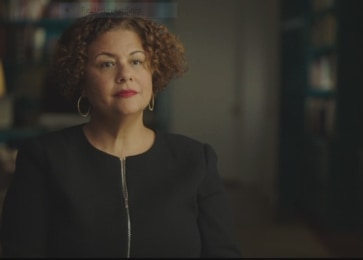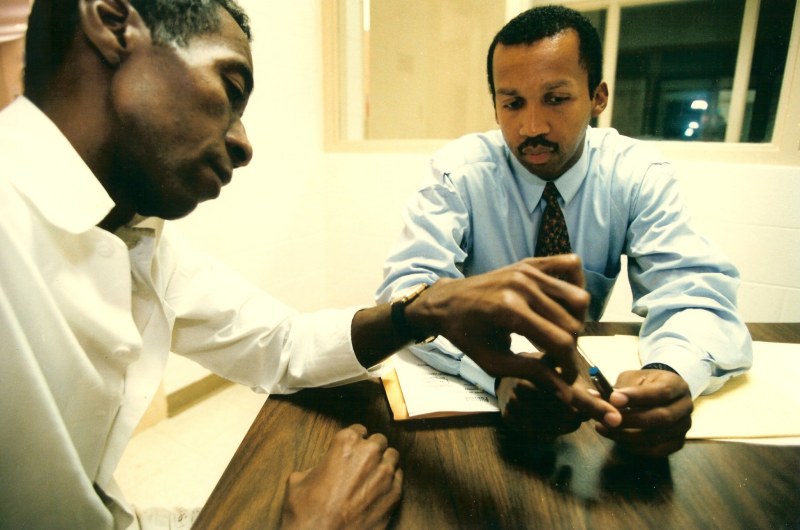

In the last half-century, America has become the nation with the highest rate of incarceration in the world, authorized the execution of hundreds of condemned prisoners and continued to struggle to recover from a long history of racial injustice.
For more than three decades, Alabama public interest attorney Bryan Stevenson, founder and executive director of the Equal Justice Initiative, has advocated on behalf of the poor, the incarcerated and the condemned, seeking to eradicate racial discrimination in the criminal justice system. An intimate portrait of this remarkable man, True Justice: Bryan Stevenson’s Fight for Equality follows his struggle to create greater fairness in the system and shows how racial injustice emerged, evolved and continues to threaten the country, challenging viewers to confront it.
A Screening guide, six lessons, and full-length interviews conducted in the production of the documentary are available.
“I want there to be repair in this country not just for communities of color that have been victimized by bigotry and discrimination, I want it to be for all of us. I don’t think we can get free until we’re willing to tell the truth about our history."
- Bryan Stevenson
widestyle